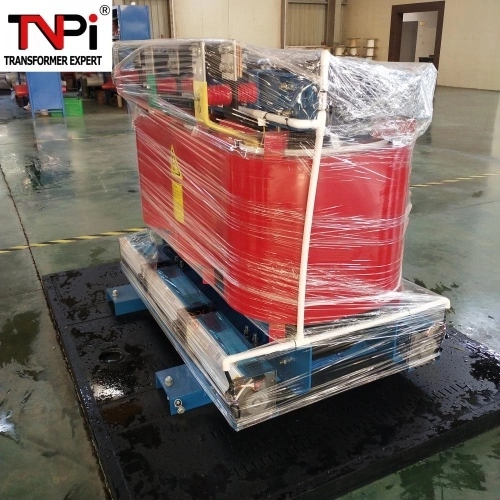
Our company produces multiple types of medium and High voltage distribution equipment, including high voltage isolation switches,Transformer Accessories,Power Cables. There are many types of wire and cable models, so how should we determine which ones are low-voltage cables and which ones are high-voltage cables? Below, NewElectricPower has organized it for everyone, hoping to be helpful.
In general, the insulation layer of high-voltage cables is relatively thick, usually around 5mm, while the insulation of low-voltage cables is relatively thin, usually within 3mm.
The thickness of the insulation layer of cables with different voltage levels varies, and the specific thickness can be referred to in the following table:

Usually, the outer sheath layer of national standard wires and cables will be printed with relevant parameters such as model, grade, voltage, etc. Through this method, we can directly understand the cable model, specification, etc.
The voltage level will be displayed on the construction drawings, such as YJV-1KV-4 * 150 or YJV-10KV-4 * 150. We can directly query the registered information.
[ See production process ] Low voltage cables can be produced using ordinary polyvinyl chloride and cross-linked polyethylene, and there are two types of low voltage cables: ordinary and cross-linked. Only cross-linked cables are used for medium and high voltage cables, and three-layer co extrusion and high-density cross-linked polyethylene production are used for 6kV-35kv cables.
LET'S GET IN TOUCH